If you’ve been following my blog recently, you will have noticed that most of the places we stayed in Australia were home exchanges. Our first swap was last February in Madrid. Since then, all our exchanges have been with Australia – two simultaneous and four non-simultaneous. Two have included a vehicle, which is an enormous boon when you consider the price of renting a car.
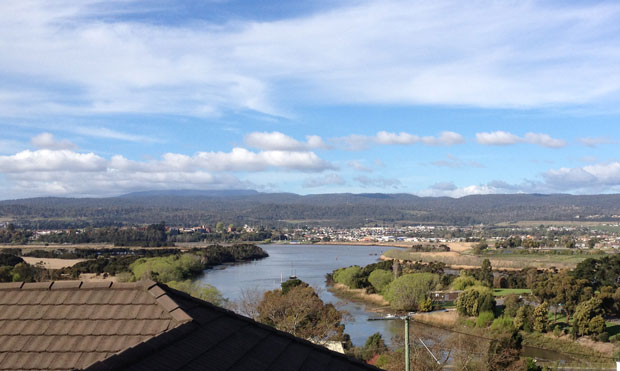
Apart from the question of cost, one of the great advantages of house swaps is that you get to be a local. When you’re lucky enough to meet the owners (not always possible in the case of simultaneous exchanges), they can explain the ropes and give you tips on things to do and places to visit. Otherwise they can leave useful information.
Relationnel was particularly appreciative of having a glimpse of Australia from the inside. In the past, we’ve either stayed with friends or motels or rented holiday accommodation which is not quite the same as living in someone’s home during their absence. The general spaciousness, the kitchen equipment, the video installations and the laundry facilities impressed him the most. I had problems with the heating (or rather the lack of heating!)
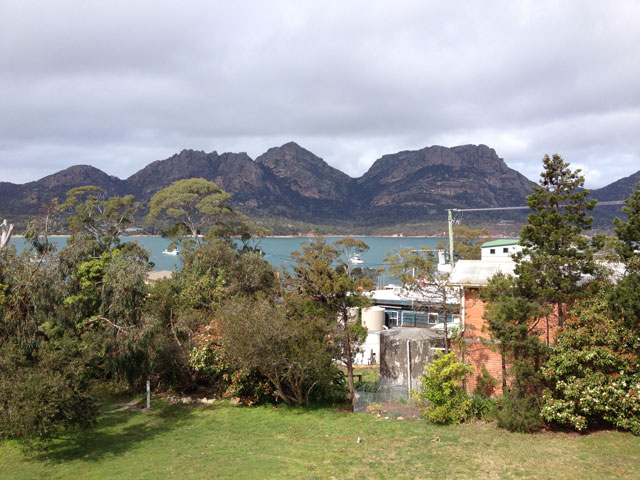
We are no doubt not very representative of French people in general, but our television in Paris is concealed behind a large armchair as we very rarely watch it. It’s quite big but nothing like the size of the ones in most of the homes we stayed in. Our exchangers must have been a little disappointed to see our somewhat basic video installations. In Blois, we don’t even have a TV because we are too far from the centre of the town to have international channels. However, we expect optic fibre to be installed within the next two years.
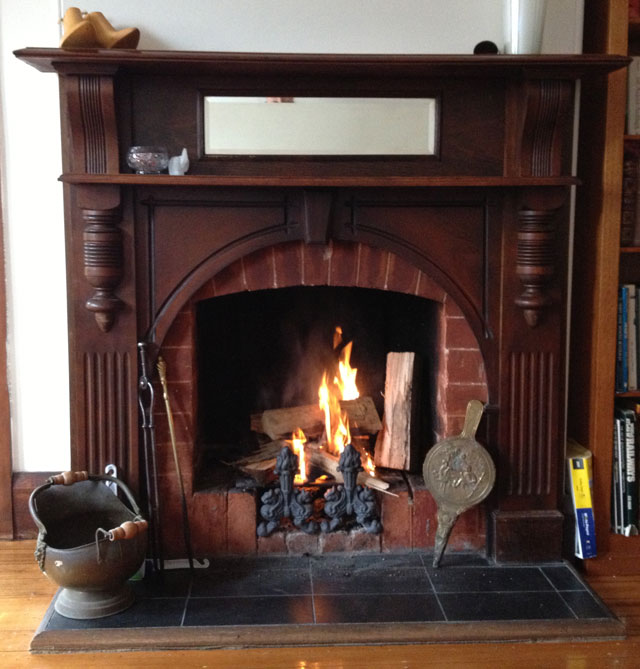
We noticed that everyone in Australia has kitchen tongs so we bought a set for Blois for our Australian visitors. We have some in Paris but I never remember to use them! Fridges are much bigger in Australia, for one thing, and no one seems to use lettuce driers which are standard equipment in most French households. All the barbecues were gas or electric.
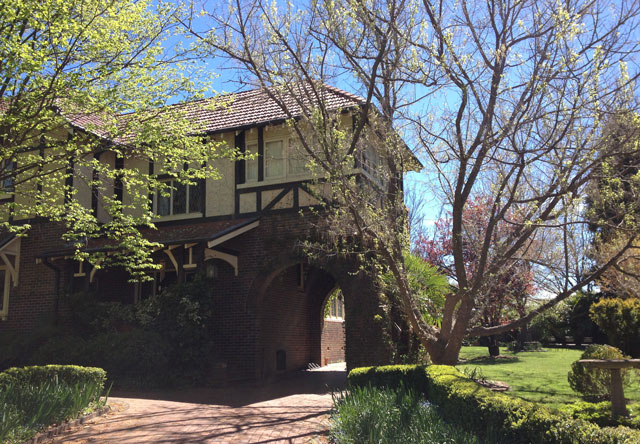
A laundry room is very rare in France and there are pratically no washing machines here that use cold water, which is why the cycles are so long (the machine heats the water). We had problems using some of the machines in Australia because theywere often programmed for cold water only and it took me a while to realise where the problem lay. Here, you can choose between 30°, 40°, 60° and 90°. Some of the machines are enormous in Australia – 9.5 kg – which is wonderful for washing sheets and towels. Also, you only have to put them out on the line for a few hours to dry. It’s far more complicated and time-consuming here!
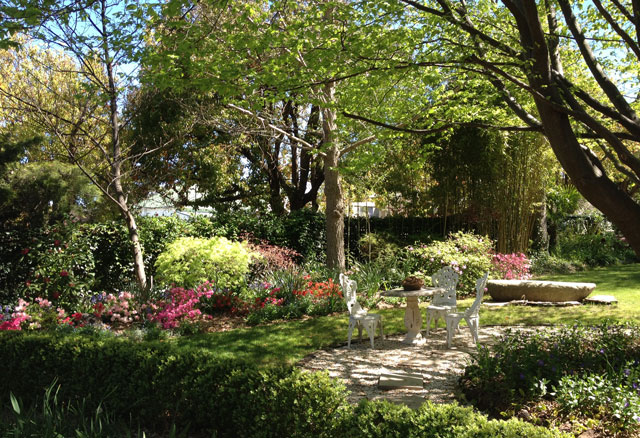
In France, I have always had central heating. In Paris, our apartment is grossly overheated because we are on the 4th floor and even if we turn off all the radiators, the hot water coming through the pipes easily takes the temperature up to 23° or 24° instead of the regulatory 19°C. But the most important thing is that central heating means that all the rooms are evenly heated.
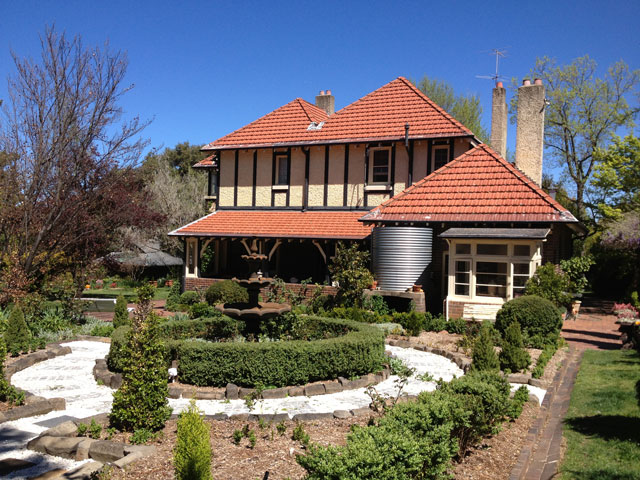
In Tasmania, where it was still very cold, particularly at night, there were usually no radiators in the hallways, bathrooms and toilets although there were heated overhead lights in the bathroom. Since the rooms were often quite big with open-plan living spaces, it meant that the rooms were often chilly. In Hobart, though, we had a fireplace, which was wonderful. I do admit it’s far healthier to have less heating – I’m just not used to it!
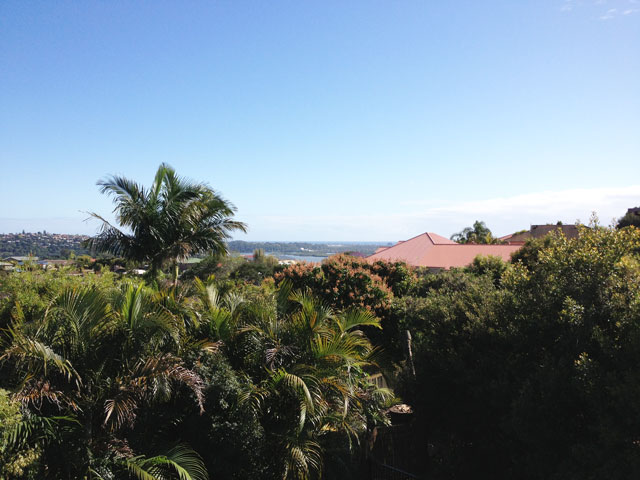
In three of the houses, we had the most splendid views and I was only sorry that our simultaneous exchangers were deprived of the wonderful view of the Palais Royal gardens from our balcony because of renovations. One of the houses had an absolutely stunning garden and the rooms were furnished with antiques. My nephews, aged 5 to 10, who were staying with us, thought it was a castle!
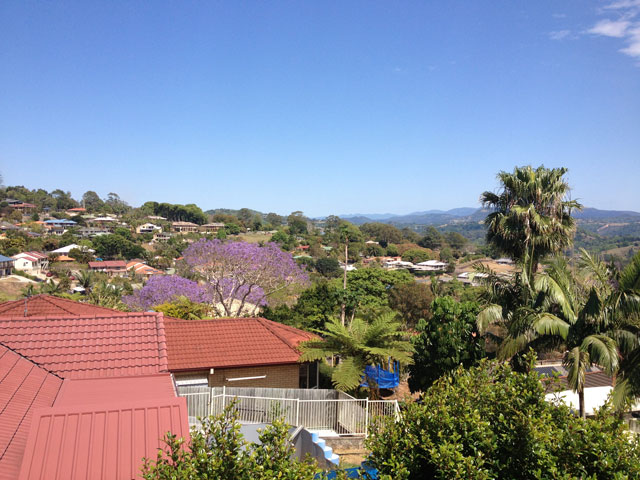
I’d like to say thank you to all our exchangers who gave us the opportunity to stay in their lovely homes. This post is not a criticism in any way – I’m just pointing out interesting differences between French and Australian homes that we observed.



